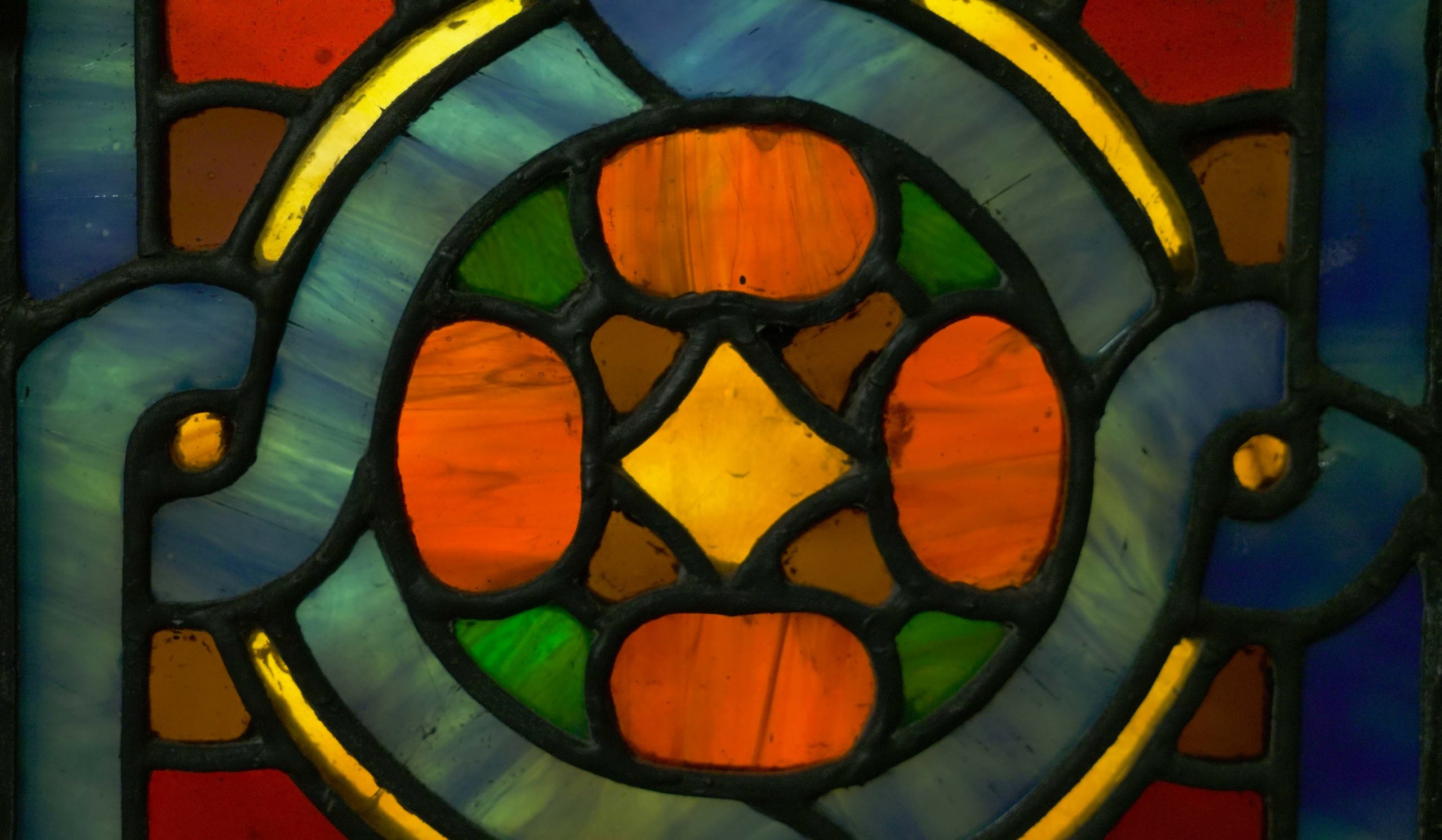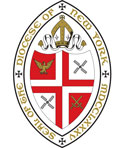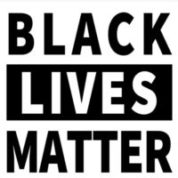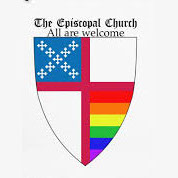Podcast: Play in new window | Download (Duration: 17:02 — 11.4MB)
Subscribe: Apple Podcasts | RSS
- Acts 10:34-43
- or Jeremiah 31:1-6
- Colossians 3:1-4
- or Acts 10:34-43
- John 20:1-18
- or Matthew 28:1-10
- Psalm 118:1-2, 14-24
I heard an interview the other day with the actor and writer Brett Goldstein, of ‘Ted Lasso’ fame, where he described a service that he attended, something like a funeral, I’m guessing, that was deeply moving and solemn and sad. He was sitting toward the back of the church, and behind him, a woman came in to begin setting up for the reception. As the congregation leaned forward to absorb the sad stories they were hearing and the loss they were mourning, the woman wheeled in a tea cart with one loudly squeaking wheel, rattling with stacked china as she rolled it slowly along. Reaching her destination, and obviously trying to be quiet, she began clattering cups down on the table stack after stack, clearly trying her utmost not to disturb anyone but persistently going about her setting up for long excruciating minutes, totally distracting everyone in the service. The ridiculous humor of this struck him, Goldstein said, and he realized, ‘This is life…I’m literally in the middle of this powerful, beautiful, profound thing in front of me, and behind me, this ridiculous, mundane thing of a woman trying to stack some cups quietly… I was like, this is it. This is all of it in one moment.’
And here we are today, on Easter Sunday – having all of it in such a moment. It is a powerful, beautiful, profound thing that we are celebrating today, this joyful Eastertide, this glory of life breaking through where once there was death. And it is messy and ridiculous and mundane too, all at the same time. Our buildings are under construction and there is dust everywhere, even though we’ve tried to clean this place up for you all. We are a big group of all kinds of people and some of us might have a harder time sitting still and being reverent, which is wonderful, because there’s an egg hunt after the service. We’ll probably sing a difficult hymn you don’t know so well, and someone’s voice will crack, and the sermon will go on too long. And then we will leave this service and maybe we’ll have brunch or something, and we’ll take off our fancy clothes, and it will be back to the same old same old. And yet today, of all days, we act like this is the best party we’ve ever been to, with the very best news we’ve ever heard, the unbelievable idea that life conquers death. How can we dare believe it?
Mary and Peter and John the disciples might have been tempted to disbelieve too. Just a few days before, they had seen their friend and teacher crucified, a slow, painful, shameful death on the cross. His body had been laid in the tomb. It was over, and all the hope they had had for new possibilities was over too. They were back to the same old, same old. When Mary encountered that gardener outside the tomb, she could have turned away, not trusting that he was Jesus. When Peter and the other disciple saw the empty tomb, they could have simply gone back home, confused but none the wiser. They all could have decided, no, this is impossible. We saw him killed. We know how this goes. To pretend otherwise is just a fairy tale.
But something made them believe. Somehow in that empty place of death they found life. And they believed it. And their believing it is why we are here today.
One of the anthems in our Prayer Book burial office begins, ‘In the midst of life we are in death.’ It’s a prayer attributed, get this, to a Crusader battle song written in the year 912 by a monk named Notker the Stammerer – don’t you just love church history? You can’t make this stuff up. ‘In the midst of life we are in death.’
The prayer goes on, ‘From whom can we seek help? From you alone, O Lord, who by our sins are justly angered.’ The prayer was considered so powerful that 500 years later a group of nuns threatened with the reform of their order chanted the prayer in protest, prostrate on the floor – and temporarily scared off the reformers, who feared it was a curse. Media vita in morte sumus. In the midst of life, we are in death. It is an anthem at burial, but it is also the anthem sung at the Holy Saturday service, when the church hangs in the waiting time, the nothing time, quiet in the tomb. Life leads to death, inexorably. Suffering and loss are inevitable. None of us can escape it.
But today, the tomb is empty. And the power of that chanted prayer is that the reverse of it is also true: in the midst of death, we are in life. That’s not a curse at all. It’s a promise. And a statement of faith. Of faith that has carried God’s people through thousands of years: as the prophet Jeremiah said so long ago, God loves us with an everlasting love. (Jer. 31:3)
When we sing glorious music with trumpets and brass and we put flowers to cover the ugliness of the cross and we’re here in the beautiful church with all these people, it can all feel plausible. We are, I think, wired more to hope for good news than to believe the bad. It’s why we love our happy endings, why we find it possible to laugh even in the hardest moments of life. We can learn to be cynical pessimists, but I think that we still hold a germ of hope despite ourselves, especially on a beautiful spring morning when there are flowers in the air.
But how do we believe it when we go back out into the world of suffering and pain? How does this day make any difference in our lives? There was a film made a few years ago called ‘Free Solo.’ It’s the documentary chronicling Alex Honnold’s climb of El Capitan in Yosemite, the 3000-something foot cliff that looms over Yosemite Valley. Alex Honnold famously climbed all 3000 feet of it without any rope, by himself – that’s what it means to free solo. It is an excruciating film to watch, because even though your brain reminds you that of course he makes it because otherwise you wouldn’t be watching this, seeing him dangle from his fingertips from a granite face thousands of feet in the air is, well, sickening. I’m not even that afraid of heights, but oh my goodness. If you’ve ever done any climbing yourself, you can feel in your body just how risky it is.
When I tried mountaineering many years ago, crossing glacier slopes with crevasses you can fall into, I was perfectly content to be in the middle of the rope team, with two strong, skilled guys on either side of me. Yes, I still had to do my own part and not pull everyone down, but the rope, and their skill, was what kept me safe. The idea of going out on my own with no rope, trusting in my fingertips – that just feels frankly insane.
Alex Honnold acknowledged as much. But, he said, ‘The casual observer might think free soloing is all crazy and reckless…’ An MRI showed that Honnold’s brain does not experience fear like other people, leading people to think, ‘“There’s something unique about his brain.”’ Honnold said, ‘I find that slightly irritating, because I’ve spent 25 years conditioning myself to work in extreme conditions, so of course my brain is different—just as the brain of a monk who has spent years meditating…would be different.’
So the brain can be trained to climb thousands of feet in the air without any safeguards. What sounds impossible to us to imagine becomes possible when we train ourselves to it. Our brains can change. We can learn to trust what seems untrustable. Just look around at some of the elders in this church here today. There are people right here in this room who have learned the long lesson that God is faithful – that God makes a way out of no way, as Dr King said. They know it because they’ve experienced it over long time. That’s one of the many, many benefits of being part of a church community, that we get to do life with experts.
But we don’t get to be experts immediately. Even Alex Honnold had to start as a beginner, with a rope and strong partners to help him. He had to practice, and fail, and learn, before he became the climber he is. Just like no one can meditate the first time they sit down to try it. Just like we find it hard to trust this news of resurrection and love when we first come to it – or when we come to it again after trauma and grief. We need a community of other climbers to learn with; we need routes to follow that others have accomplished; we need that rope of commitment to hold us when we fall.
The disciples could have quite reasonably turned away in that garden and gone back home, chalking the whole vision up to fear and trauma. But they had spent time in in-depth training with Jesus, witnessing his healing, feeling his love, hearing his teaching. They had the promise and witness of generations before them that God’s love delivers people out of enslavement and fear and desperation, into the promised land of freedom and joy. And they had one another, the community that Jesus assembled for just this very purpose, so they would have each other when he was gone. And so they were able to claim the radical good news, the unbelievable news, that their Jesus was risen from the dead. And their lives were forever changed because of it.
So if today you’re here and you’re not so sure what this all means and whether you can trust Easter to be real, it’s ok. Life truly is hard. And it’s terrifying sometimes to step out and try to see otherwise. But you are not alone. These people all sitting around you, they’re your community. Some of them are beginners too; some of them are total experts. And every one of us has fallen and been wounded along the way. And whether we trust it or not, whether we feel it or not, God is there, always there, ready to catch and to heal us – to turn our suffering into dancing and our mourning into joy, just when we least expect it. God loves us with an everlasting love. And we can rejoice and be glad in that.
Happy Easter.





